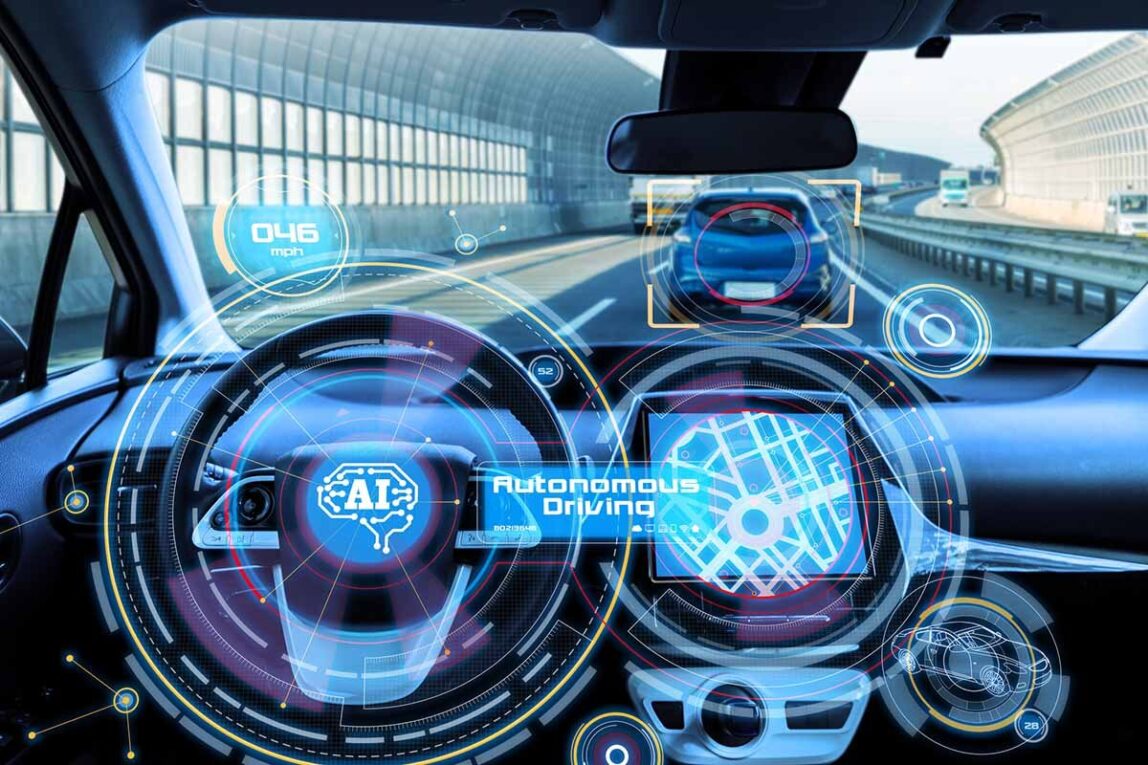The automotive industry is on the cusp of one of the biggest technological transformations in its history – the emergence of autonomous vehicles that can drive themselves without any human input. While fully autonomous vehicles may still be a few years away from hitting public roads, advances in artificial intelligence and sensor technology are bringing self-driving cars closer to reality with each passing year. This new technology promises to revolutionize transportation and change the way we move around in our daily lives.
What are Autonomous Vehicles?
An Autonomous Vehicle, also known as a self-driving car or driverless car, is a vehicle that is capable of sensing its environment and navigating without human input. Autonomous vehicles use sensors like cameras, radar and lidar along with advanced control systems to interpret sensory information in order to identify appropriate navigation paths, as well as obstacles and relevant signage. Some key technologies that enable autonomous function include:
– Advanced control systems: Computers and sophisticated software are used to analyze sensory data and determine appropriate driving maneuvers like steering, accelerating and braking.
– Sensor fusion: Cameras, radar and lidar sensors work together to build a coherent, high-definition map of the vehicle’s surroundings. Sensor fusion allows autonomous vehicles to “see” in three dimensions.
– High-definition mapping: Detailed digital maps are used to plot the vehicle’s precise location and understand its position in relation to road layouts, lanes, traffic signs and signals.
– Vehicle-to-vehicle communication: Vehicles can communicate wirelessly with each other to coordinate movements and share information, improving overall road safety.
Levels of Automation
The Society of Automotive Engineers has established a six-level classification system to define the different levels of vehicle autonomy:
– Level 0 – No Automation: The driver completely controls the vehicle at all times.
– Level 1 – Driver Assistance: Vehicle has automated driver assists like cruise control but requires monitoring by the driver.
– Level 2 – Partial Automation: Vehicles can control steering and acceleration under some circumstances but still requires driver attention.
– Level 3 – Conditional Automation: Drivers are not required to monitor the environment, but must be ready to take control when prompted.
– Level 4 – High Automation: Vehicle is capable of performing all driving functions under certain conditions without human intervention.
– Level 5 – Full Automation: The vehicle can perform all driving functions under all roadway and environmental conditions. No human intervention is required.
Most cars on the road today are at Level 0 or Level 1 autonomy. Several automakers are developing Level 3 and 4 prototypes but fully autonomous Level 5 vehicles have yet to be achieved without limitations.
Benefits of Autonomous Vehicles
As self-driving car technology matures, autonomous vehicles are expected to significantly transform transportation over the coming decades. Some of their potential benefits include:
Improved Road Safety
Robot drivers have 360-degree awareness and lighting quick reaction times. They don’t get distracted, drunk or drowsy. Removing the human element is expected to reduce accidents by up to 90 percent, saving thousands of lives annually.
Increased Mobility
Self-driving vehicles could help the elderly and disabled gain independent mobility. Ride-hailing services could expand transportation access for those unable to drive. Children, too, may one day safely ride autonomous school buses.
Environmental Impact
With technologies like platooning, automatic braking and optimal speed control, autonomous vehicles can reduce fuel consumption and emissions. Their coordinated driving capabilities may also reduce traffic congestion. Some estimates suggest autonomous vehicles could lower carbon emissions from transportation by 10%.
Land Use
The increased use of shared autonomous vehicles may reduce the need for private car ownership. This could transform how we use land, allowing for densification of cities and repurposing of parking spaces. Fewer cars clogging up roads may also expand urban public spaces.
Economic Opportunity
The autonomous vehicle industry is expected to create many high-skilled jobs and be worth hundreds of billions annually. Increased mobility will boost productivity. Ride-hailing, delivery and logistics firms stand to significantly benefit from self-driving fleets.
Challenges for Autonomous Vehicles
While autonomous technology promises considerable benefits, several challenges still need to be overcome:
– Public Perception: Gaining public trust in autonomous systems and addressing cybersecurity concerns will take time. Incidents like those involving Tesla’s Autopilot system risk undermining confidence.
– Infrastructure Readiness: Roads and transportation systems need upgrades to fully support self-driving capabilities, like smart traffic lights, 5G networks and HD maps covering all environments.
– Weather Complications: Autonomous systems have difficulty perceiving slick roads, heavy rain or snow — conditions that complicate environmental sensing and decision making.
– Unsupervised Driving: Fully driverless vehicles may require remote supervision by teleoperators until higher levels of artificial reasoning can handle any situation. Intervention latency and connectivity reliability are issues.
– Data and Processing Needs: Massive volumes of driving data are needed to refine autonomous algorithms and edge case scenarios. This requires data centers and processors with exponentially greater capabilities than today’s vehicles.
– Uneven Regulations: Laws governing self-driving vehicles differ widely between jurisdictions and still need to adapt to technological progress, addressing issues like cybersecurity, data privacy, liability and insurance.
– Adjusting Infrastructure: Complete autonomy may require retrofitting or rebuilding parts of the existing transportation network, incurring substantial costs across both public and private sectors. Standards will need to be agreed upon.
– Job Disruption: Widespread adoption of autonomous vehicles may significantly impact existing driving professions like long-haul trucking, potentially displacing millions of jobs globally if transitional support is not provided. This could undermine societal acceptance.
While many obstacles remain to be overcome, autonomous vehicle technologies have seen tremendous advances over the past decade and most experts agree self-driving capabilities will become commonplace within our lifetimes. As the industry works to address challenges, autonomous vehicles are geared to transform transportation and revolutionize how society moves around in the decades ahead.
*Note:
1. Source: Coherent Market Insights, Public sources, Desk research
2. We have leveraged AI tools to mine information and compile it

